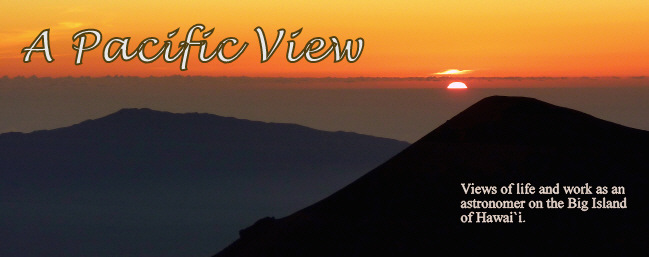
On 6th June 1944 the greatest military amphibious operation in history took place. Operation Overlord, or D-Day, saw the Allied invasion of Normandy which would lead to the end of World War Two in Europe. 160,000 Allied troops landed on the coastline that day, 5,000 ships were involved in the operation and thousands of people were killed that day.
The assault was actually in three phases. First, Allied airborne troops landed behind the German front lines during the night, either using parachutes or landing in gliders. Their aim was to tie up the German defenses, capture bridges and crucial road junctions and destroy whatever German artillery they could find. Second, the Allied air forces bombed the German defenses on the beaches and inland while Allied navies bombarded the landing beaches - their aim was to destroy the defenses and create bomb craters in which the invading troops could take cover. The third phase was the invasion itself, troops in small landing craft landing on the beaches with orders to create a foothold in Normandy from where the invasion of the rest of Nazi-controlled Europe would start. Less than a year later, the war in Europe had been won, although at terrible human cost.
This is a special day for me as my father took part in the landings. He was a RDF operator in the Royal Air Force (RAF) and was in a small RAF unit attached the the US army (RDF = Radio Direction Finder, later to be known as radar). The unit's job was to set up a temporary RDF station close to the beach so that the expected air attacks from the German Luftwaffe would be detected in advance and Allied fighters called in to intercept. The Allies were frightened about the devastation large and coordinated air attacks would cause on the crowded beaches so this was viewed as an important job, but as it turned out, the Luftwaffe was a spent force; fuel shortages and Allied bombing had made them almost ineffectual, and their main forces had been pulled back to Germany to defend against Allied bombing attacks that regularly penetrated deep into Germany. Nevertheless, he was over on mainland Europe with the invading forces and remained there for the rest of the war as the Allies pushed towards Berlin and Hitler.
A little more about my father
He was born in Belfast in 1923 and named "Thomas" by his catholic parents (yes, I'm named after him!). He did extremely well at school and apparently received the highest grades for the Northern Irish equivalent of O-levels in the country, but the family was poor and his education couldn't continue. WWII broke out and he joined the RAF hoping to become a pilot but his eyesight wasn't quite up to it. Instead, he became a RDF (radar) operator and it was his job to guide British night fighters so that they could intercept German bombers during their nightly bombing raids of British cities. He even flew occasional missions in what he considered the greatest aircraft built during WWII , the de Havilland Mosquito. I'm not entirely sure what his role was, but suspect it was to operate and develop the RDF on the night fighter version of that amazing aircraft.

After the war he continued to serve with the RAF and eventually moved into the field of meteorology where he served with the Ministry of Defense (MoD) and the RAF both in the UK and abroad, including RAF Wildenrath in Germany and Gan in the middle of the Indian Ocean (he was in Gan when I was born).
Afterwards, he worked for the UK Met Office, still attached to the MoD, in Reading, Berkshire and then in an experimental meteorology station - Beaufort Park in Bracknell, Berks. As a young kid I used to tag along with him when he worked weekends and had a hell of a time! I probably screwed up a few experiments, but it was such a fascinating place. Large computers, telex machines, some sort of laser device, cloud detectors, weather balloons, dozens of pieces of experimental technology littered around the site and my favourite machine - the lightning detector! Every hour or so he would connect to several other sites around the UK and using this machine (which looked like a large radar screen) the location of lightning would be determined using triangulation. I was absolutely captivated and it was due to my father and Beaufort Park that my love of science developed.
My father passed away 20 years ago after a long illness and I still very much miss him today. Unfortunately I can no longer ask him to tell me stories about his war experiences which I loved to listen to as a kid, but I am so grateful to have had the father I did. I know that if he was alive today he would have just loved to have visited the summit of Mauna Kea and the observatories. He loved science, technology, electronics and even photography!
 I suspect most photographers won't publish their crap photos, but I'm not a photographer!
I suspect most photographers won't publish their crap photos, but I'm not a photographer!















